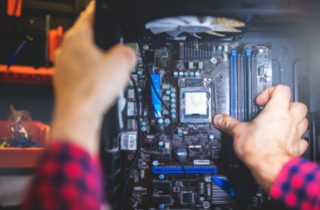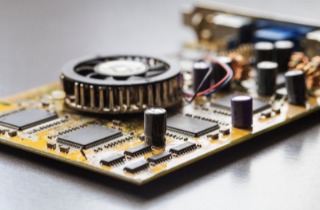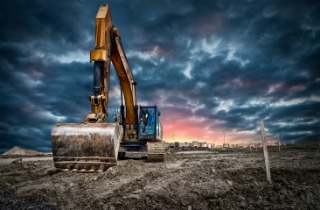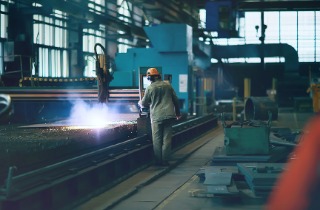Latest IT trends in Construction industry
Industry Insights | 16 May 2022 | Ratna Priya
Technology has become such a vital part of our lives that we can’t imagine doing our daily tasks without it. Technology has had such an enormous impact on how we communicate and learn new things. Accepting technological innovations and putting them to better use in the building sector today is quite advantageous.
For every corporation or firm in the construction industry, it has always been a crucial factor. Each vehicle is equipped with GPS technology that communicates with the home base or headquarters via satellite. Managers can now track the whereabouts of all of their vehicles in real time. In addition, if there is a problem or a vehicle that isn’t working well, management can instantly locate and track it, allowing them to address the issue in a less time-consuming manner.
GPS tracking’s future will almost certainly include more connections and links to other systems. The options are endless, and they would significantly boost productivity.
Building material and forecasting.
Drones
Drones are a very useful and beneficial sort of technology that has been used by every construction site or organization. These little babies are formally known as unmanned aerial vehicles (UAVs), and they can have built-in cameras and be used to transport items from one location to another. They’ve also been used for years to collect data in places that are difficult for humans to reach, saving time and effort in the process. The photographs taken can help with site inspections and assessments, as well as improving a construction team’s awareness of progress and built-in conditions. Another fantastic feature of drones is that footage can be captured and transformed into 3D images that can be compared to architectural designs; many enterprises and businesses would profit significantly from this. These flying marvels can also be used to monitor day-to-day activities and jobs on the construction site, resulting in increased productivity if anything out of the norm is detected and dealt with appropriately. In today’s modern day, every construction company or corporation requires these high-quality drones to be productive and efficient.
3 D printing
In any business, 3D printing has been one of the most widely employed forms of technology. Because it may be used to build prototypes or models, the construction sector takes full advantage of it. By employing materials such as concrete, polymers, and other materials to make building components or even entire buildings, this would immensely assist managers and engineers in their design and construction process. The world’s first 3D printed office, according to reports, was just built in Dubai and is a sight to behold.
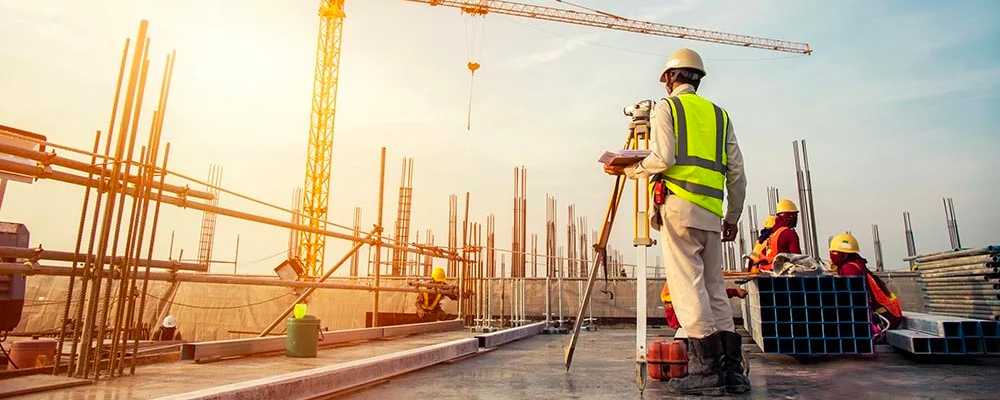

Machines and Robotics
The future of machines and robotics can be intimidating since it’s hard to comprehend that most of the mundane tasks that were once performed by humans can now be completed with ease and speed by machines. Robots are used for demolition, extremely heavy lifting, bricklaying, excavation, and a variety of other jobs. Inventors and developers are continually attempting to improve the agility and scalability of these robots and machines in order to boost productivity and save time in the process. This does not mean that manpower will be completely eliminated; these robots are still machines that require guidance and regular monitoring to ensure that there are no system faults or bugs during the construction process. They are there to assist, not to replace, but to improve the worker’s performance and increase their productivity.
Gadgets and Wearables
Wearable gadgets and equipment have numerous applications in the construction business. Smart glasses and hardhats are examples of wearables that can give visualized, amplified, or mixed reality. These visualization tools have the potential to significantly increase productivity, accuracy, and, most importantly, safety. Employee and worker safety is critical, thus requiring them to utilize additional wearables to ensure that is best for company. Many things, such as safety vests with technology, smart watches, and fitness trackers. Biometrics and environmental sensors, GPS and location trackers, Wi-Fi, voltage detectors, and other sensors are all included in these gadgets. These gadgets would allow site or safety supervisors to designate restricted or hazardous areas, informing workers via a combination of pre-installed alarms and lights that the area is off-limits to people and only robots or machines.
Who We Are
ITOne Infotech headquartered in Pune is an entity of One Group of Companies. We are a one-stop destination for all your ITSM needs, envisioned to rank as a top managed service provider with global footprints.
Supported Industries
Address
kundan Bhavan, Kundan Nagar, Mumbai-Pune Road, Dapodi, Pune 441012 Maharashtra (IN)


